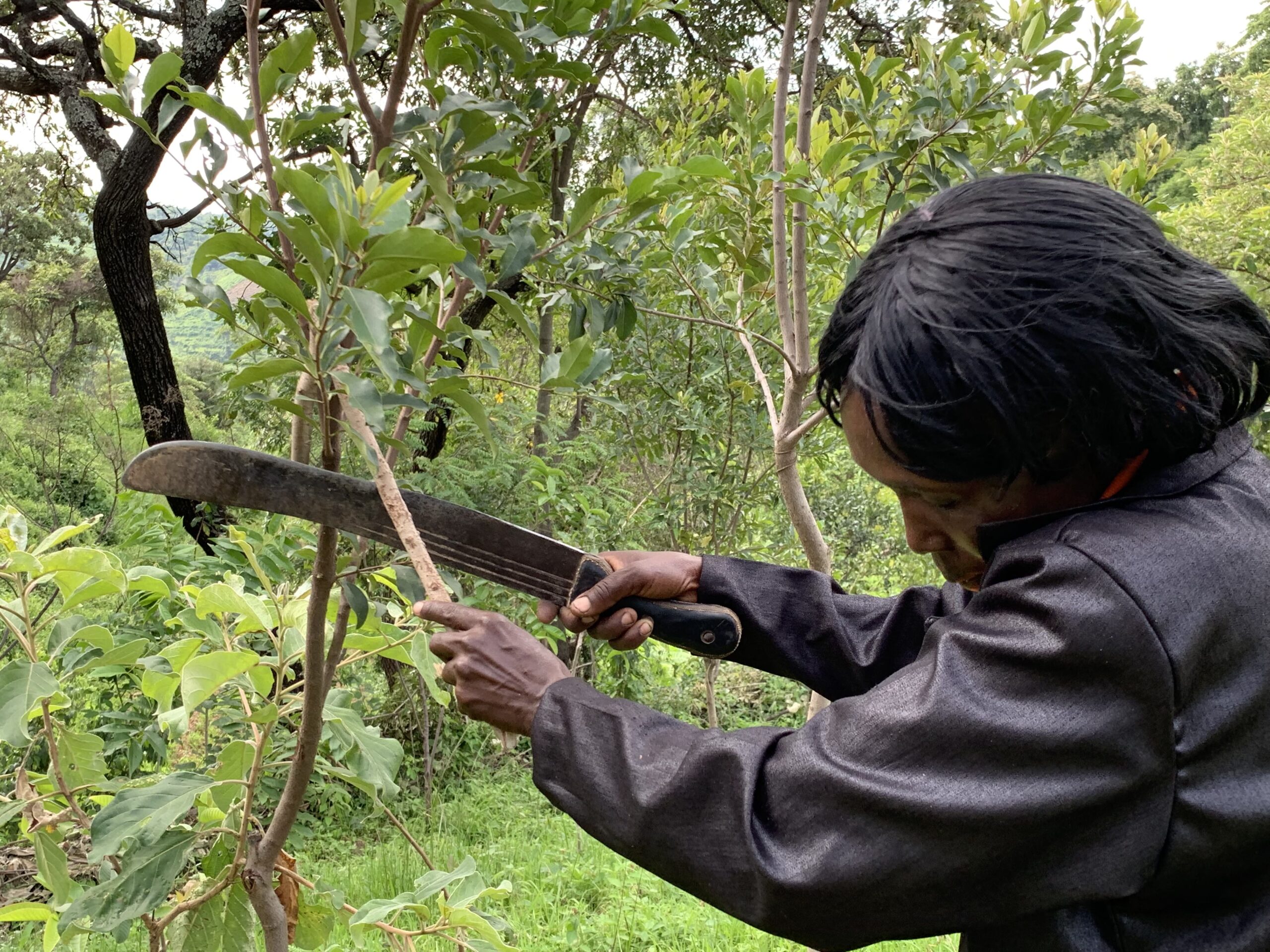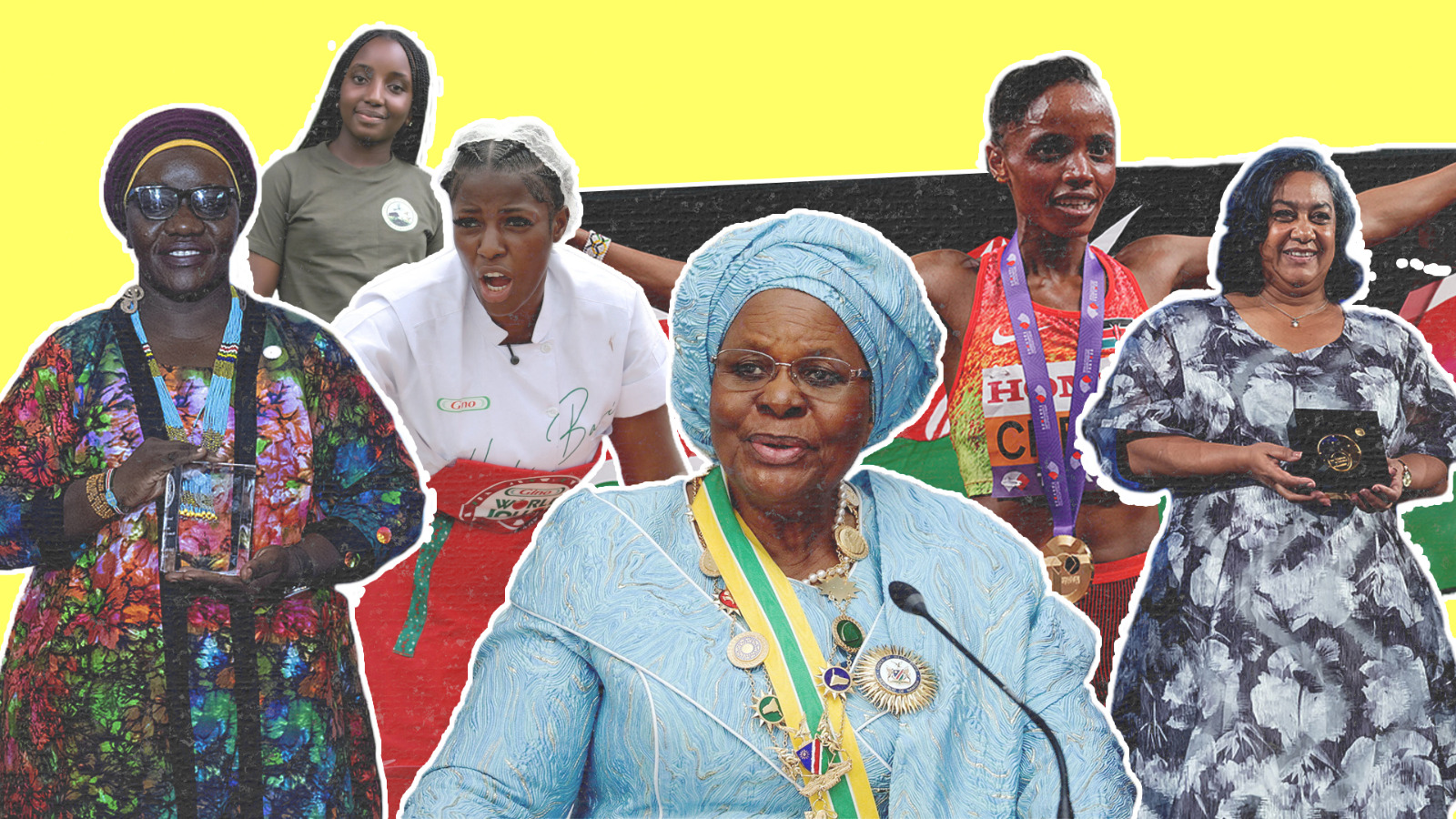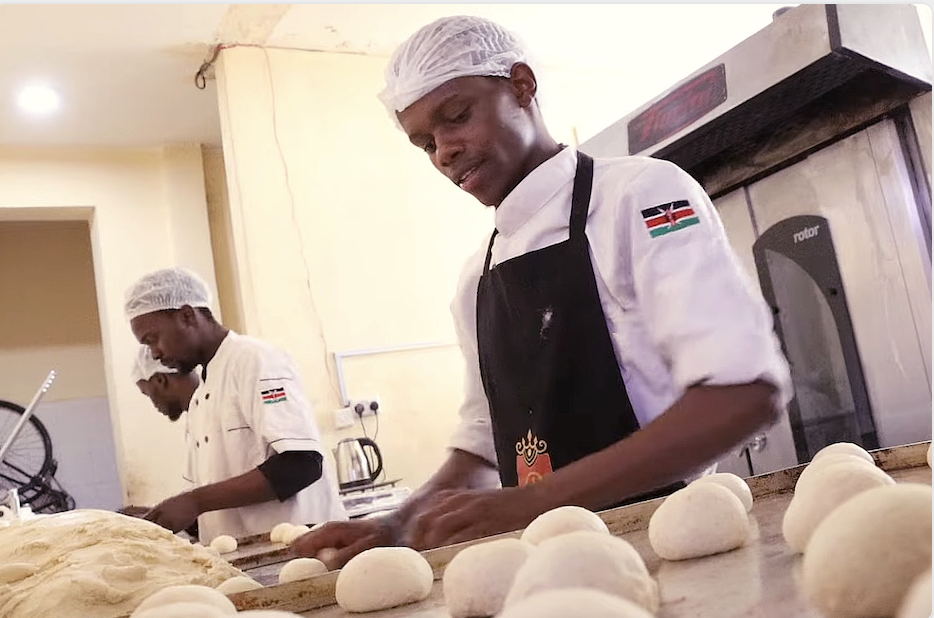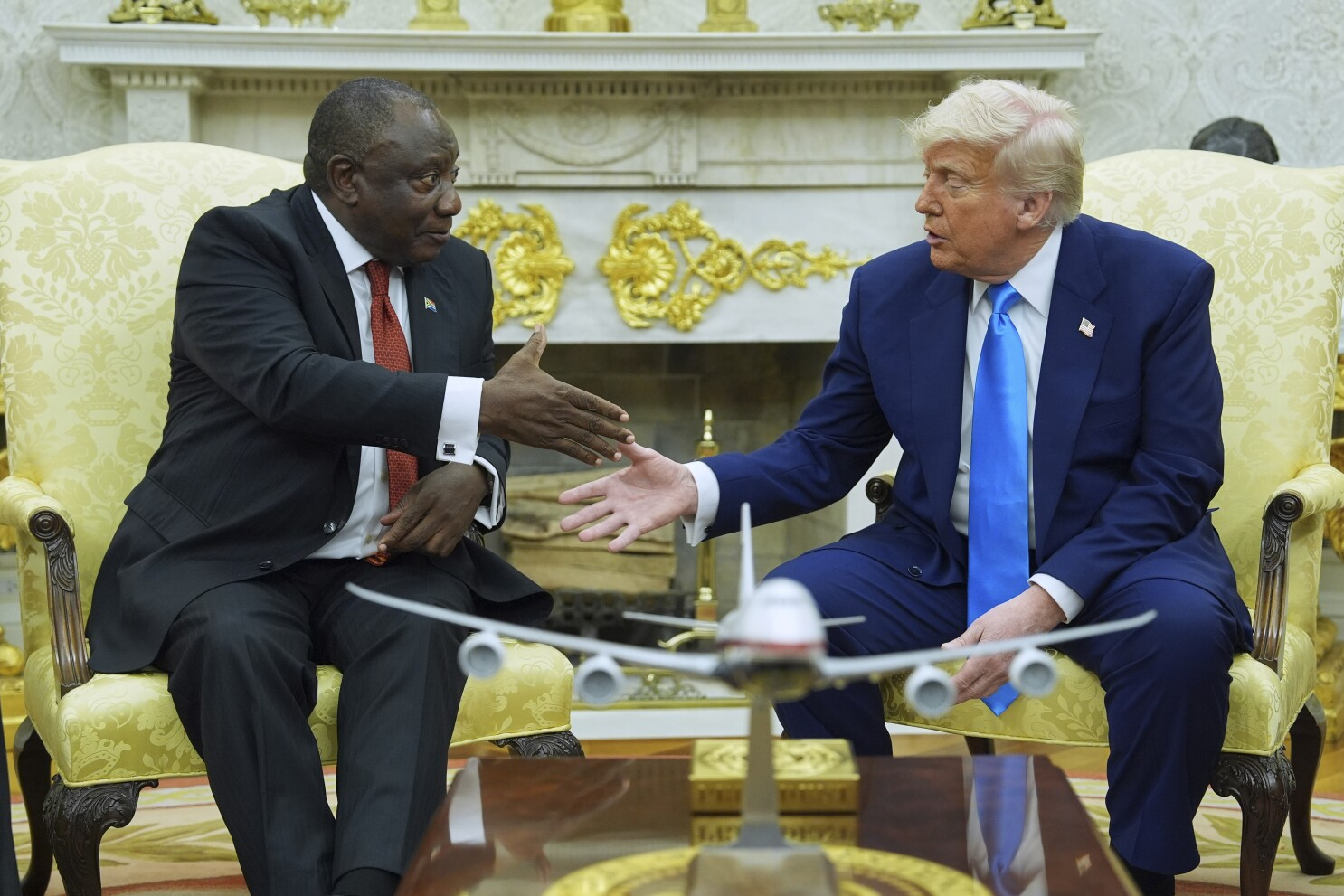
Reporters Diary: Villagers learn new technique to fight climate change

Beyond the ‘home of heroes’ that is Eldoret Town in South-Eastern Kenya lies Elgeyo-Marakwet County close to 100 kilometres away.
It is characterized by rolling hills and a scenic landscape that is a sight to behold. We’re driving out here to get to see what farmers are doing in this region to protect the environment and maintain a wide-scale forest cover.
After close to 2 hours we meet the farmers at Ngoswet, who welcome us with song and dance as is the tradition in any African village. However, on this day they also welcomed a prestige visitor from Australia. His name is Tony Rinaudo, AKA “the forest maker” He won the Right Livelihood award prize in 2018. The award recognizes people who come up with practical solutions to problems like air, water, and soil pollution.

The singing and dancing fill the village and my cameraman Gabriel Rotich is experiencing a bit of ‘FOMO’ as he is left out. There is work to be done and after a few pleasantries were exchanged we all get down to the business of why we are here.

Villagers who gathered here are listening keenly to speeches on how a new technique introduced in this village, Farmer Managed Natural Regeneration, is now saving the trees.
Miriam Kipsang, the lead farmer in the area’s FMNR project, was trained by World Vision and has since been a champion for women in this region.
‘’If not for FMNR we wouldn’t be having this kind of tree shade that you are having now’ ’she chuckles.
For an hour, the women farmers, accompanied by their husbands sat as Mama Miriam explained how FMNR techniques encouraging regrowth of the forests by pruning and protecting existing trees and new encouraging new growth from felled tree stumps.

Miriam then takes us to her 2-acre land that is so green and fertile and full of various fruit trees. It’s also in the shamba and shows her what it takes to ensure that their village remains habitable even during the toughest droughts. Thanks to FMNR, Miriam and other farmers like her have helped increase plant biodiversity in the area which, in turn, improves food security and the local economy.

‘In the past three years, we’ve rehabilitated this land by planting trees and supporting the growth of naturally occurring vegetation,” said Miriam. The land now provides pasture for their animals and is also a source of income.
In her women group of at least 60 people, Esther Chepseba is one of the farmers who now says they have gone into high mode sensitization of FMNR in schools, churches to ensure their whole village has well forest cover and this she says has helped them a great deal when dealing with the harsh effects of climate change
“I have seen that any vegetation that sprouts naturally has very high chances of surviving the prevailing climatic conditions however tough they may be,”

While at the farm also, Rinaudo also points out that leaves from the trees and shrubs have greatly improved the fertility and soil texture on this farm, while at the same time providing cover that helps in reducing evaporation whenever it rains.
The regrown trees and shrubs improve the soil, prevent erosion and water loss, and increase biodiversity. This can translate into increased crop yields, more timber for firewood and better incomes for farmers, Rinuado tells us.
According to a research program on Climate Change Agriculture and Food Security, FMNR is considered as a promising climate-smart agricultural practice that represents affordable means of enhancing rural livelihoods as well as contribute to climate change mitigation.
And if all towns adopted this system then, as Rinaudo says, we could reign in or possibly reduce the adverse effects of climate change







